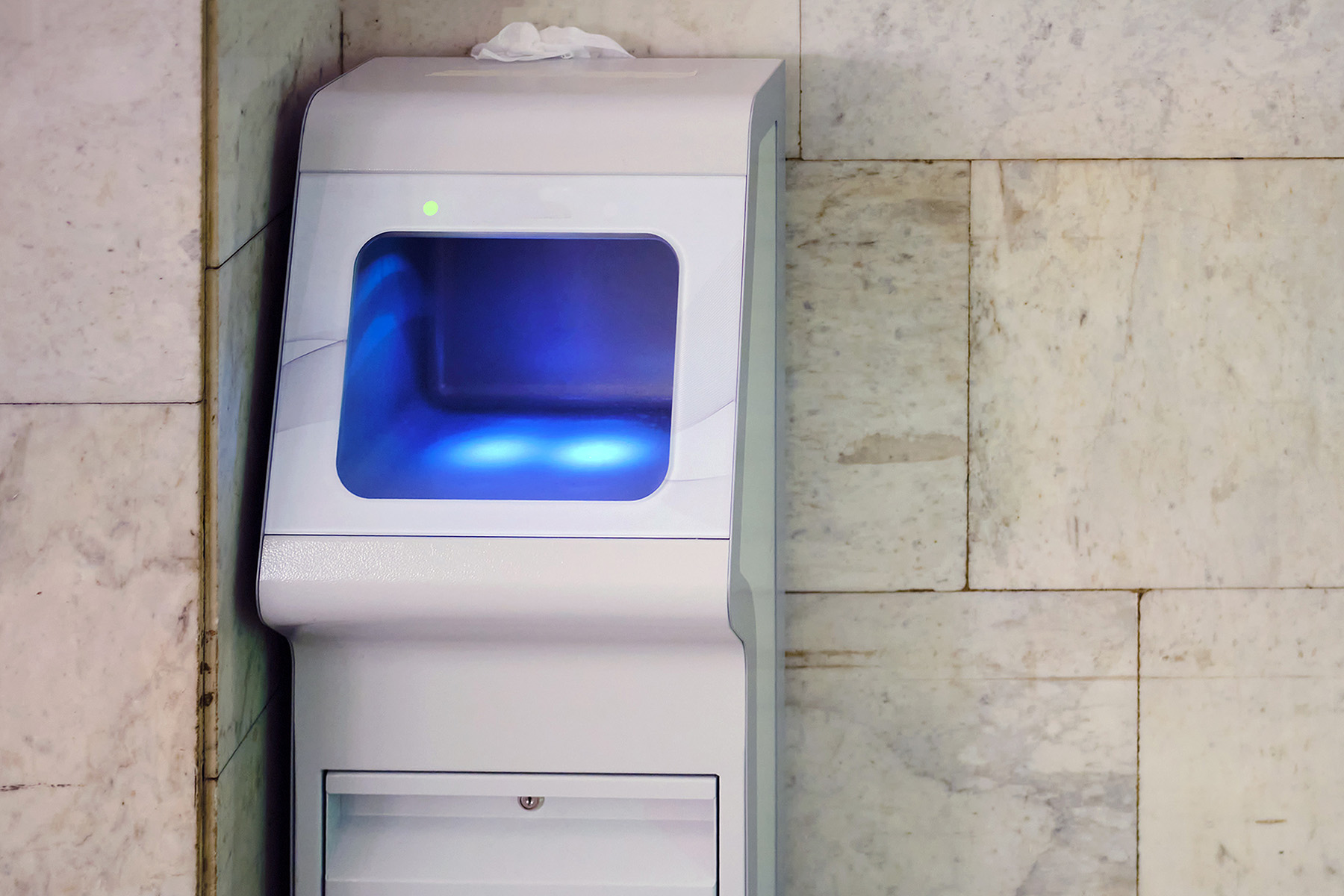UV Light: What It Can and Can’t Do

UV light is powerful.
Some wavelengths can cause significant damage to your eyes and skin. Other types of UV light have therapeutic medical uses and antimicrobial properties. The full potential and risks of various kinds and wavelengths of UV light are being studied, as infectious disease researchers aim to determine if it can be used safely to kill harmful viruses, bacteria, and parasites.
What are the risks of UV light?
UVA, UVB, and UVC light all come from the sun. Exposure to UVA light contributes to skin cancer, wrinkles, and fine lines, skin aging, and dark spots. UVB light can cause sunburn and skin cancer. UVC can be very damaging to the skin and eyes, but fortunately, this energetic wavelength is blocked out by the Earth’s ozone.
UV light for skin problems
“Dermatologists, like me, use specific wavelengths of UV light to treat patients’ various skin conditions,” says Alyx Rosen Aigen, M.D., a dermatologist at the University of Miami Health System. “For instance, we use narrowband UVB (wavelength of 380 nm) to treat psoriasis, eczema, atopic dermatitis, cutaneous T-cell lymphoma (a skin lymphoma), vitiligo (a condition in which parts of the skin lose their pigment), pruritus (itching from certain causes), and other conditions.” PUVA (psoralen ultraviolet light in the UVA spectrum) is used sometimes to treat patients with similar dermatologic conditions.
Can UV light actually sterilize surfaces?
UVC is used to sterilize surfaces in some hospitals, airplanes, offices, warehouses, and factories when no humans are nearby. UVC light can also be used in air filtration systems and to sanitize drinking water for parasites resistant to chlorine. The devices capable of sterilizing these environments are typically large, commercial machines that are hung from ceilings or walls. The light must be in close enough range to the viral particles to effectively kill them.
Because this light can be extremely damaging to the skin and eyes, these devices cannot be used when people are within range of exposure. “A person can’t see the direct effects of UVC light on their skin as the damage is happening, so it’s easy to have a false sense of protection,” Dr. Rosen Aigen says. “The World Health Organization has even issued a stern warning against the use of UVC light to sterilize the skin.”
Smaller devices are available on the market for personal use to sterilize cell phones, keys, and other small items. Dr. Rosen Aigen warns that if you try to use such a device to kill viruses or bacteria on a face mask, “there are many nooks and folds on masks that may not get properly exposed to the light and therefore will not be treated effectively. I can’t emphasize enough that people should not be using these devices to sanitize their skin or inside their bodies.
“But, experts are currently studying the potential for using far UVC light (200 to 230 nm) to kill viral particles in large public places such as airports, hospitals, and hotels — without requiring human evacuation,” Dr. Rosen Aigen says.
UV light and COVID-19
According to Dr. Rosen Aigen, UVC has not been studied as a possible killer for COVID-19 particles on surfaces and in the air. “But, previous studies have shown that this light can be used against other coronaviruses. The efficacy of killing SARS-CoV-2 virus particles appears to depend on many factors, such as the particle size, the medium of delivery, and the non-living material being treated.”
There is no clear evidence on the amount of UVC or UVB light needed to kill a COVID-19 particle.
“Some studies can suggest a minimum output of light is needed. But there’s no way to know if the virus particles effectively absorb that amount and if it will have any impact on viral survival. Until we know more about the safety and efficacy of far-UVC light devices still under review, there is absolutely no role at this time for using UV light, specifically UVC light, inside of the body to kill the novel coronavirus.”
Dana Kantrowitz is a contributing writer for UMiami Health News.
Tags: Alyx Rosen Aigen, COVID-19, dermatology, uv light, UV rays
